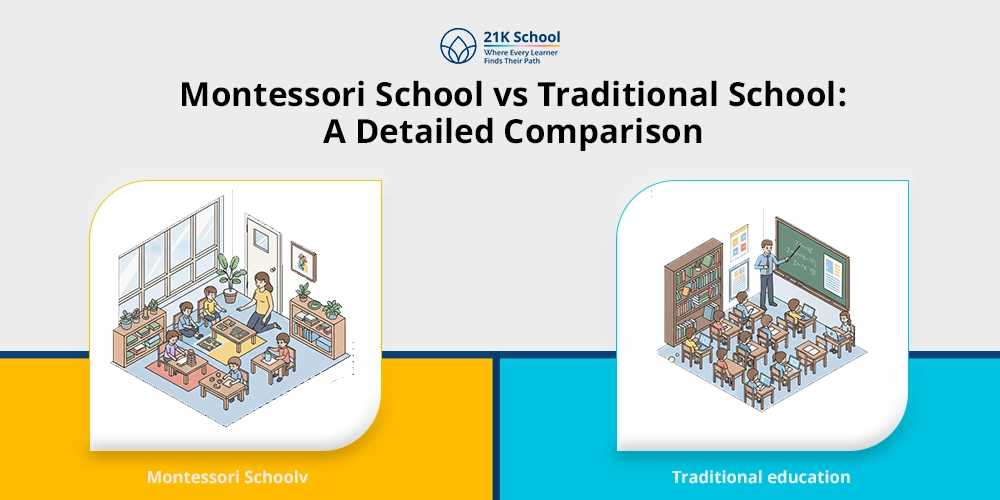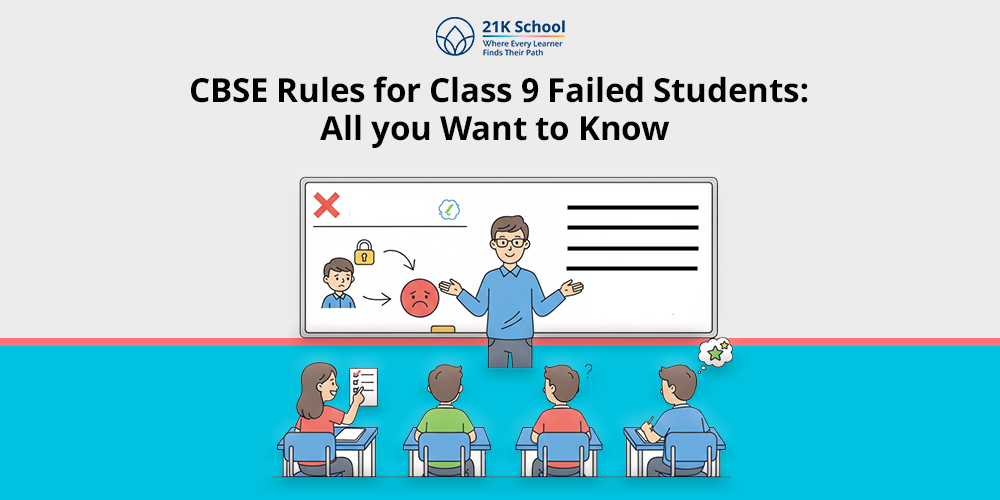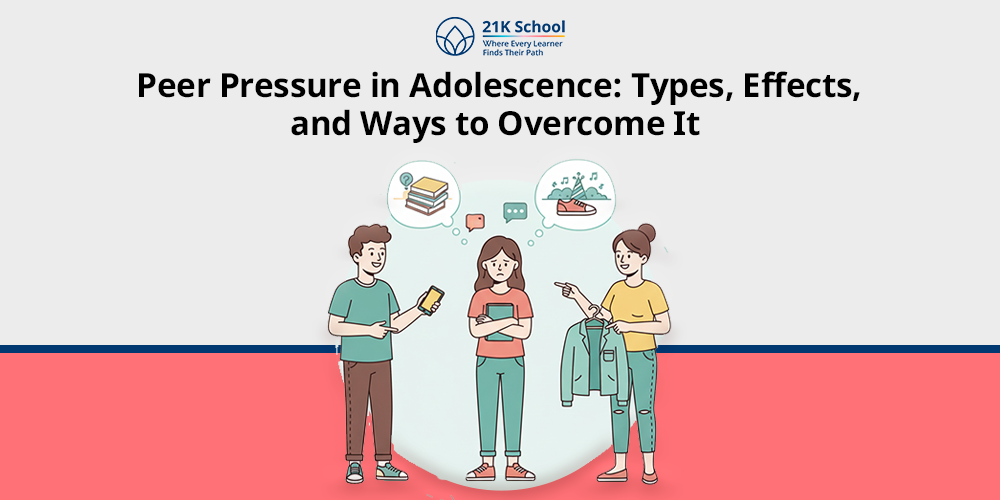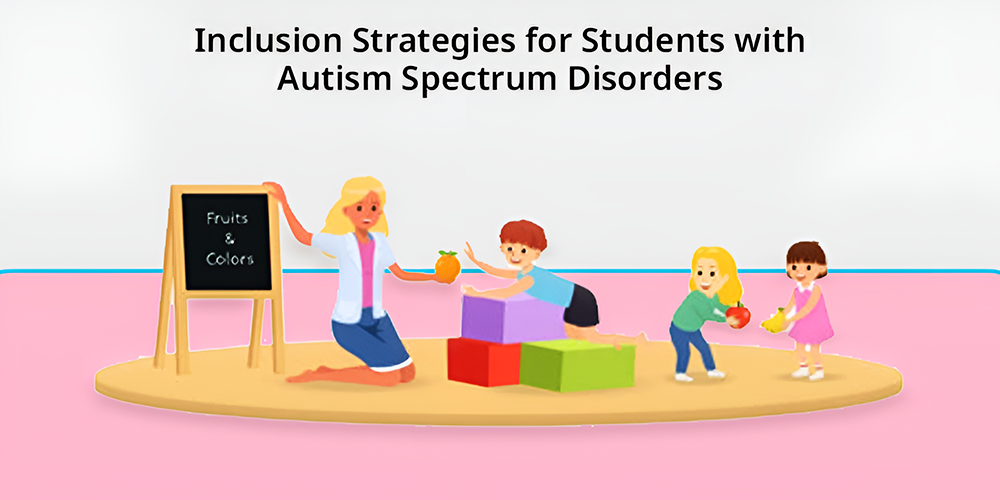
Educational settings today function under an obligation to implement inclusivity as their fundamental approach. Students with autism spectrum disorders need more than co-enrollment with neurotypical classmates to have access to inclusive education environments.
Now, you might be wondering what an inclusive training environment means for an autistic kid.
An educational setting where specialized teaching approaches manifests personal capabilities and needs of these kids, provides a positive learning environmenthomeschooling .
As a neurodevelopmental disorder autism varies its effects towards each person differently. Students have individual strengths and weaknesses in communication, sensory processing, and academic areas depending on support systems present.
It demonstrates the importance of educating professionals into bringing strategies and approaches that fulfill their learning needs. These measures must include emotional spaces, and sensory equipment that fosters overall personality development of autistic kids in society.
Read more to get on with the tips for students for personality development .
This article sheds light on the need for inclusivity in education reforms, targeting autistic children, and the desired measures for implementation.
Contents
- Understanding the Needs of Children with Autism Spectrum Disorders
- 11 Strategies in Learning of Students with Autism Spectrum Disorders
- 1. Use Visual Aids
- 2. Comprehend Routine Into Manageable Tasks
- 3. Provide Safe and Structured Environments
- 4. Incorporate Their Special Interests
- 5. Teaching Social Skills
- 6. Practicing Clear and Straightforward Language
- 7. Sensory Breaks Are Crucial
- 8. Encourage Positive Reinforcement
- 9. Reduce Resistance and Increase Motivation
- 10. Utilizing Assistive Technologies
- 11. Collab with Families and Mentors
- Wrapping Thoughts
Understanding the Needs of Children with Autism Spectrum Disorders
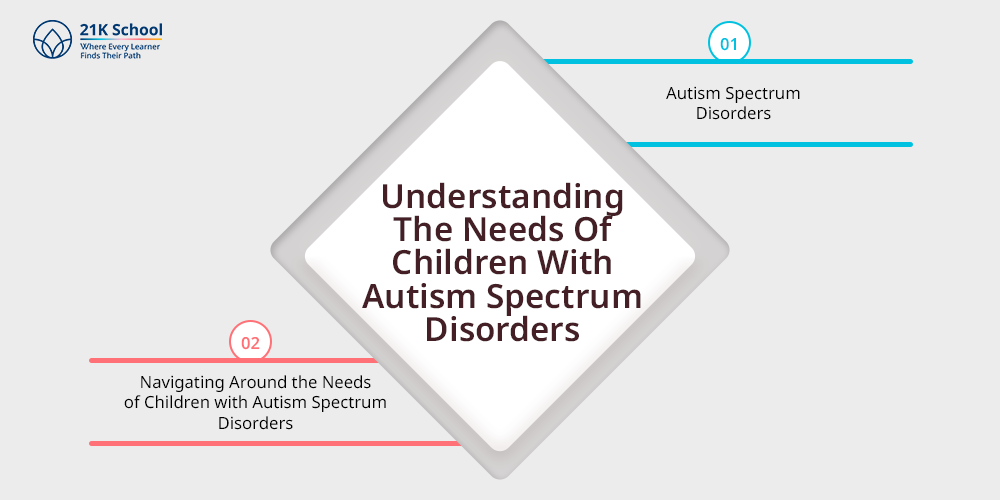
1. Autism Spectrum Disorders
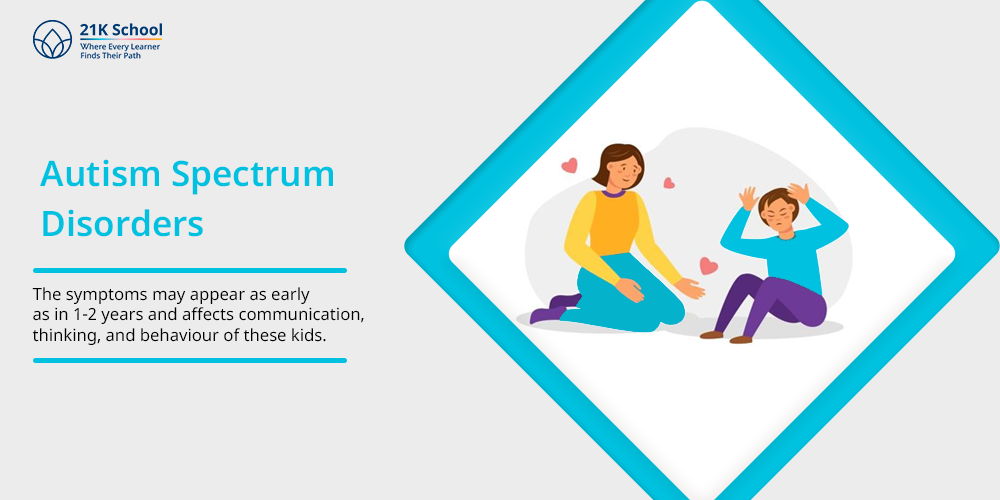
As the name suggests, autism is a neurodevelopmental disorder which varies in every individual based on the challenges they face. The symptoms may appear as early as in 1-2 years and affects communication, thinking, and behaviour of these kids.
People with ASD experience different symptoms and abilities which are covered by the meaning of “spectrum.” Not all students with autism spectrum disorders require identical levels of support.
Some students fall at one end of the verbal and academic ability spectrum and need minimal accommodations. Symptoms of ASD primarily manifest through social problems, repetitive routines and sensitivity to sensations as well as structural preference.
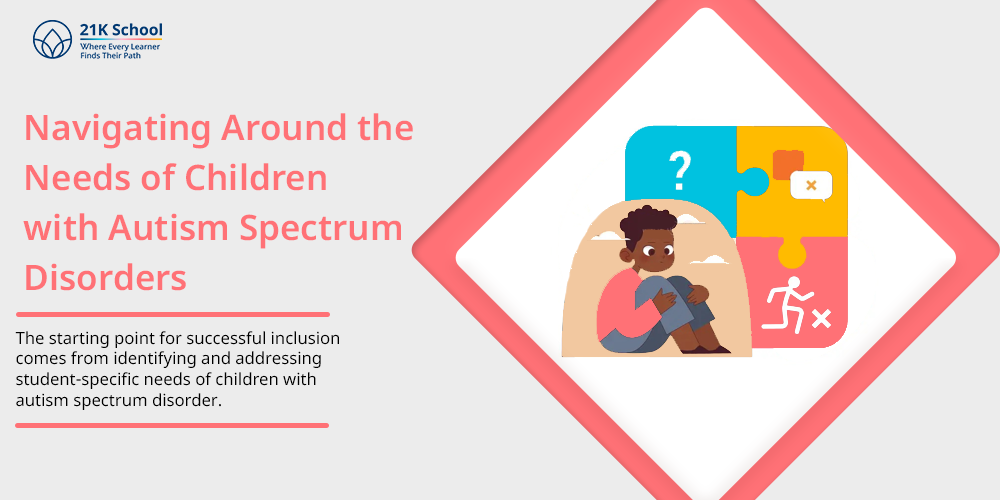
The starting point for successful inclusion comes from identifying and addressing student-specific needs of children with autism spectrum disorder.
There are some most basic needs that autistic learners come through. They are to be able to read social cues, manage their schedules, and control being overwhelmed from constant sensory environments.
Students with ASD have different abilities that range beyond difficulties in social interactions. These include excellent memory abilities, detail-focused thinking, and talent for subjects like mathematics, art and music.
Educational programs need to use a strength-based strategy which identifies areas of expertise students possess rather than focusing on disabilities.
11 Strategies in Learning of Students with Autism Spectrum Disorders
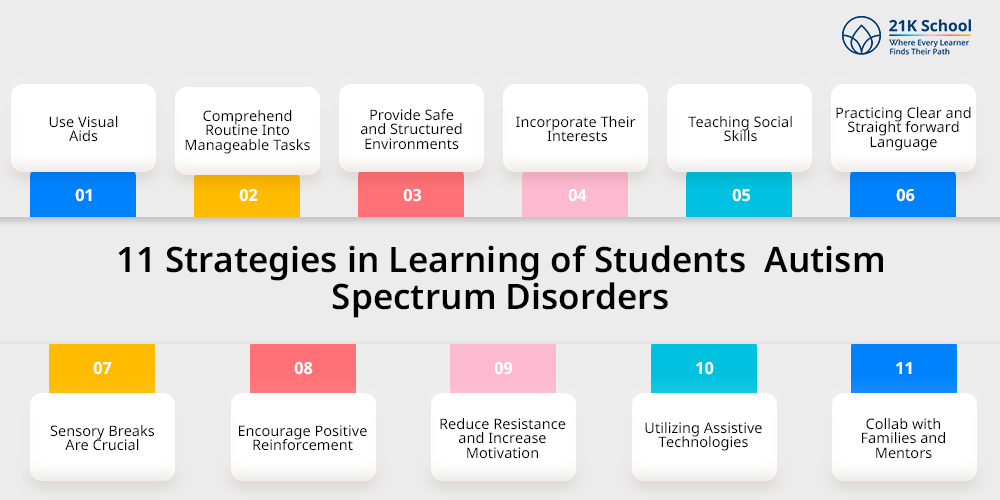
1. Use Visual Aids
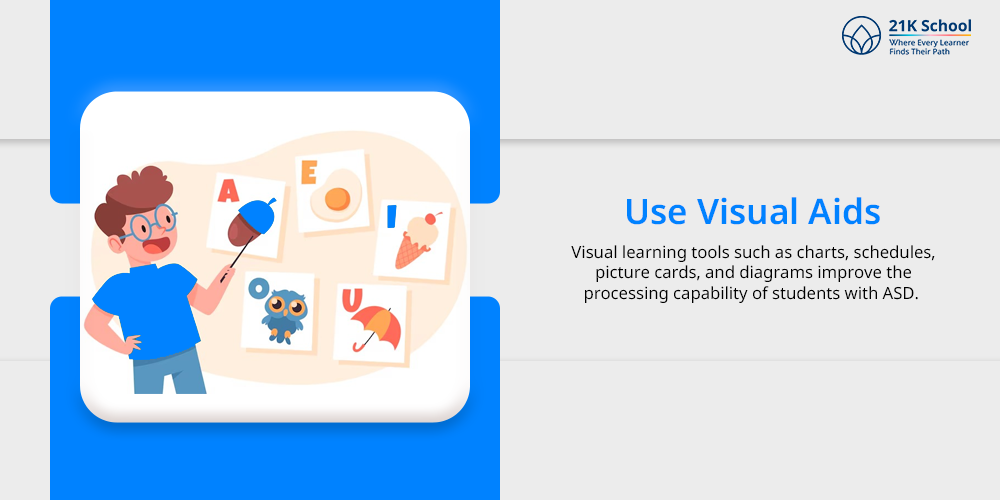
Visual learning tools such as charts, schedules, picture cards, and diagrams improve the processing capability of students with ASD.
Visual cues serve as anxiety reducers through their function of delivering clear steps and minimal expectations to the student. A creative yet crisp visual timetable hanging across the room can help a student with autism.
This would be done to navigate their daily tasks smoothly and without having anxiety.
2. Comprehend Routine Into Manageable Tasks
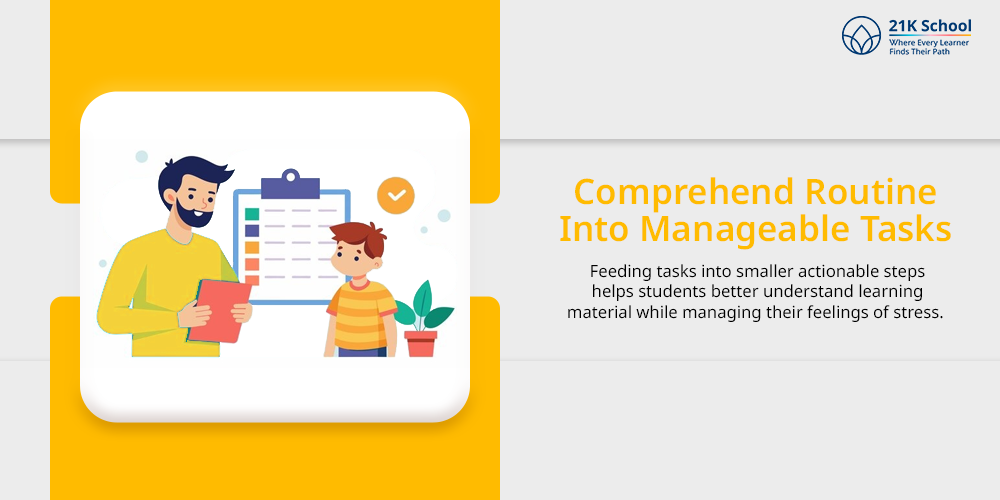
Feeding tasks into smaller actionable steps helps students better understand learning material while managing their feelings of stress.
Instead of using broad directions, offer students a clear sequence of steps. Say “Stand up, push your chair in, then walk to the lunch area” instead of just “Get ready for lunch.”
Visual checklists should be used to reinforce multiple steps in a series of activities.
3. Provide Safe and Structured Environments
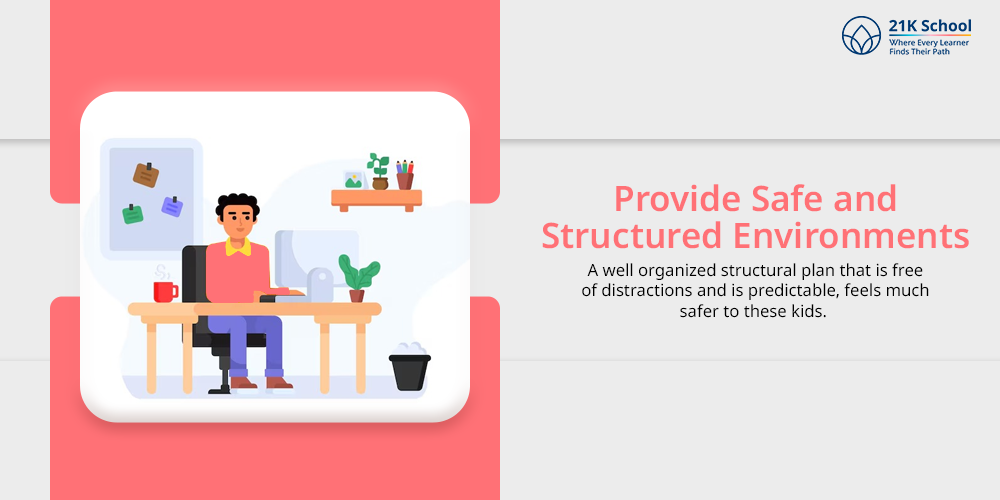
The academic environments which succeed best for students with autism are settings built on predictability and structure. A well organized structural plan that is free of distractions and is predictable, feels much safer to these kids.
Students achieve better engagement and focus in learning when they understand what the experience will be. For students to experience safety the teacher must create an environment where the student feels understood and protected from criticism.
Help your children build their study routine to decrease chaos and promote learning in them.
4. Incorporate Their Special Interests
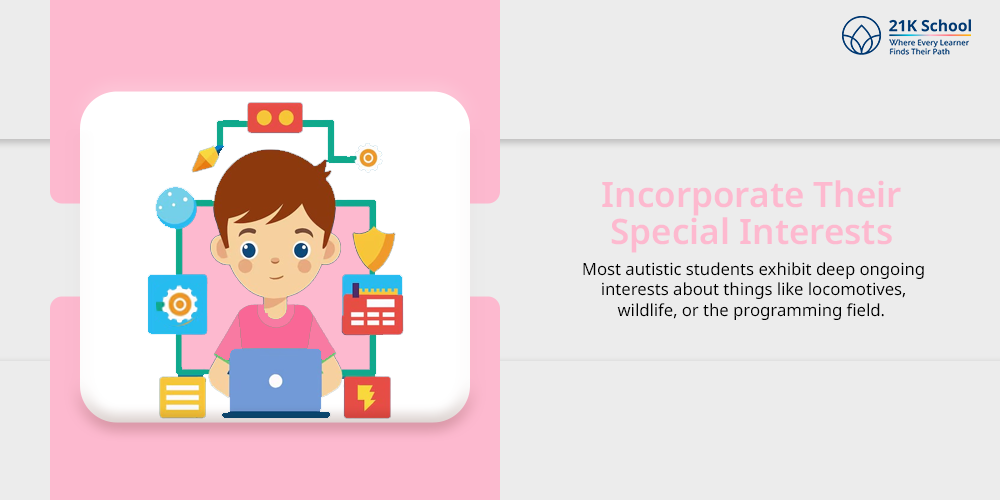
Most autistic students exhibit deep ongoing interests about things like locomotives, wildlife, or the programming field. Teaching using students’ particular interests leads directly to better involvement and increased performance in that particular field.
Students will show more interest in learning when math problems align with their favorite subject. Or even better if reading materials are based upon their areas of interest.
5. Teaching Social Skills
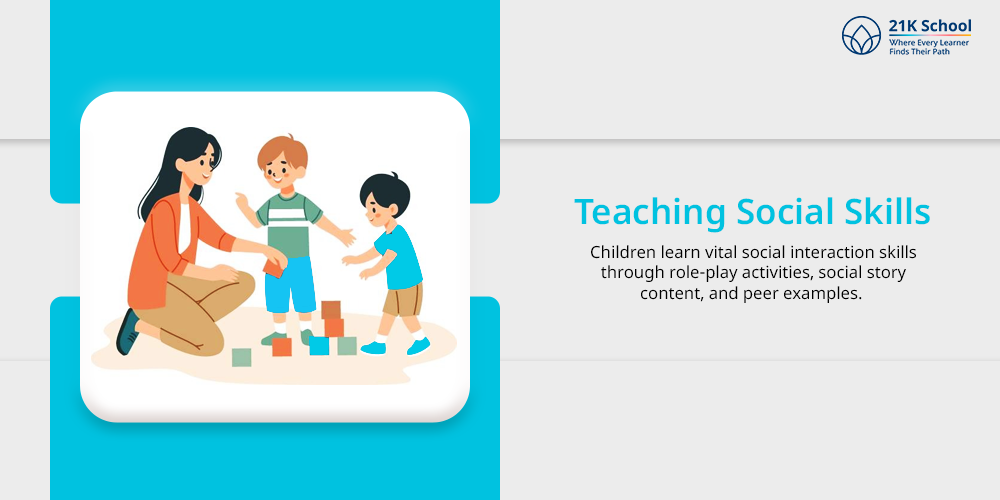
Students with autism struggle with natural social skills development which requires direct educational approaches to learn them. Children learn vital social interaction skills through role-play activities, social story content, and peer examples.
The students’ training needs to be consistent in a non-judgemental environment where they practice relentlessly and bring out their best. Read more to get how children socialize with each other to help them in socialization.
6. Practicing Clear and Straightforward Language
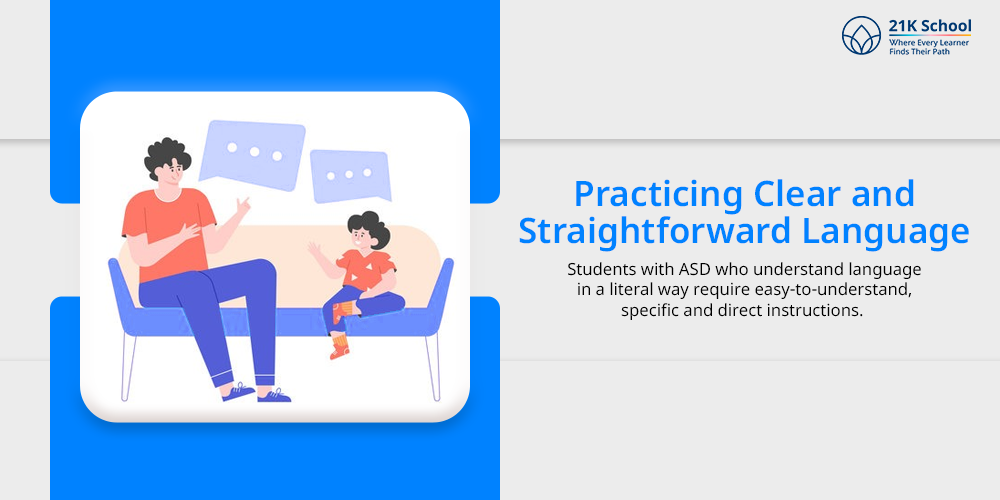
Students with ASD who understand language in a literal way require easy-to-understand, specific and direct instructions. The use of figurative speech, sarcasm, or idioms should be completely avoided because they might create confusion.
You should replace the phrase “Let’s get this show on the road” with “The science activity will start now.” Here’s an article on understanding the importance of language skills for students in education.
7. Sensory Breaks Are Crucial
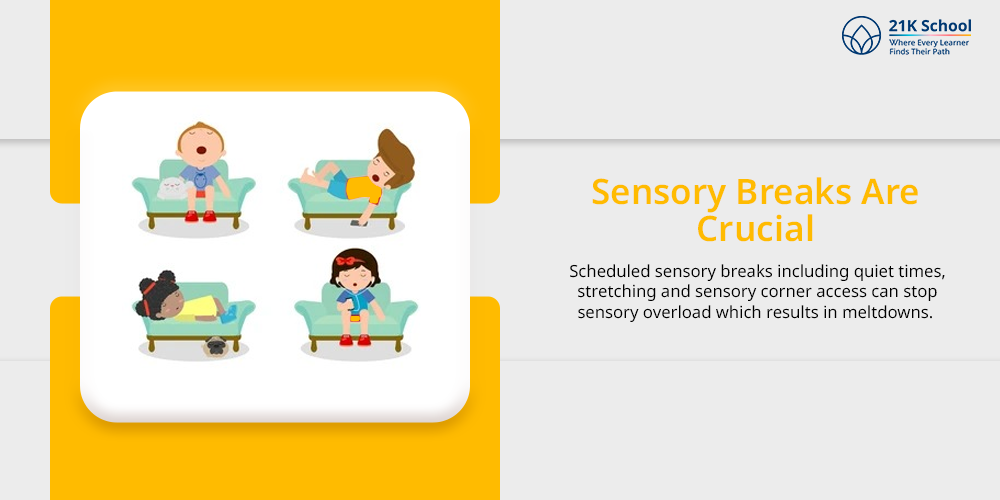
The sensory hypersensitivities which autism children exhibit lead to difficulties maintaining focus and disruptive behaviors. Scheduled sensory breaks including quiet times, stretching and sensory corner access can stop sensory overload which results in meltdowns.
The occasional breaks allow students to gain better control of themselves before they re-engage with their work activities.
8. Encourage Positive Reinforcement
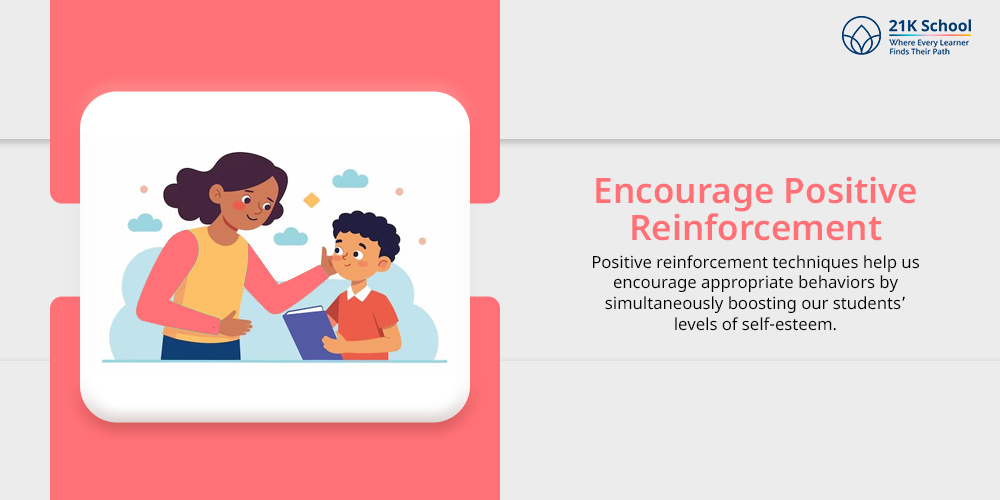
Positive reinforcement techniques help us encourage appropriate behaviors by simultaneously boosting our students .
Educators can go for verbal praises, rewards, and token of appreciation for encouraging students’ achievements. This further assists in developing positive classroom conduct.
It is vital to recognize the particular reinforcement method that will motivate the child. Some might like either verbal appreciation, stickers, or extra time allocated for their preferred activity.
It is found that children with autism often find programming interesting. Find how coding influences your kid’s self-esteem .
9. Reduce Resistance and Increase Motivation
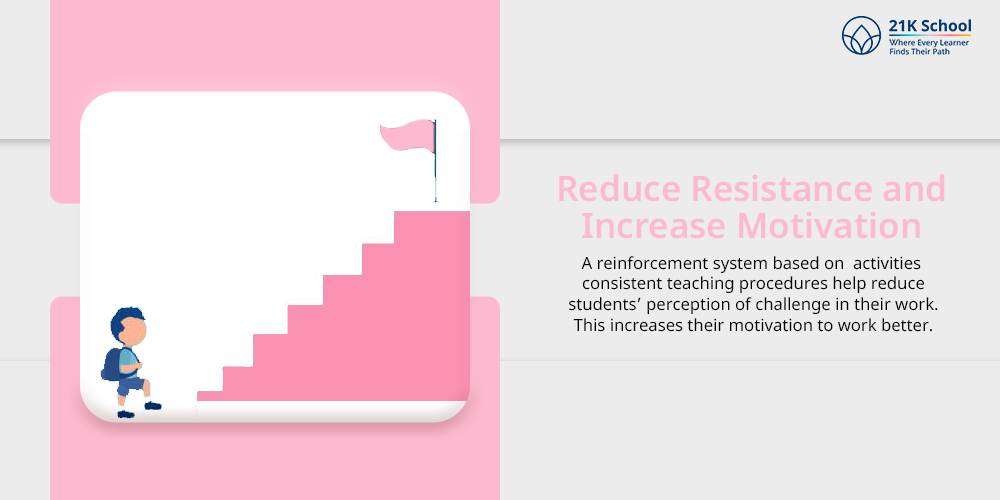
Students feel more comfortable and engage less in opposition by picking between two options like writing prompts or seating arrangements.
The primary reason behind resistance usually results from student anxiety and obscure expectations.
A reinforcement system based on chosen activities alongside consistent teaching procedures help reduce students’ perception of challenge in their work. This increases their motivation to work better.
Here’s how to motivate your homeschooled child to learn and achieve the best.
10. Utilizing Assistive Technologies

Inclusive education finds technology to play its strongest role as an effective support system for ASD children. The communication and sensory gaps between people become bridgeable with the help of speech-generating devices and interactive apps.
Technology allows nonverbal students and those with limited verbal abilities to find effective ways to communicate. Here are the measures on how to improve communication skills for students .
11. Collab with Families and Mentors
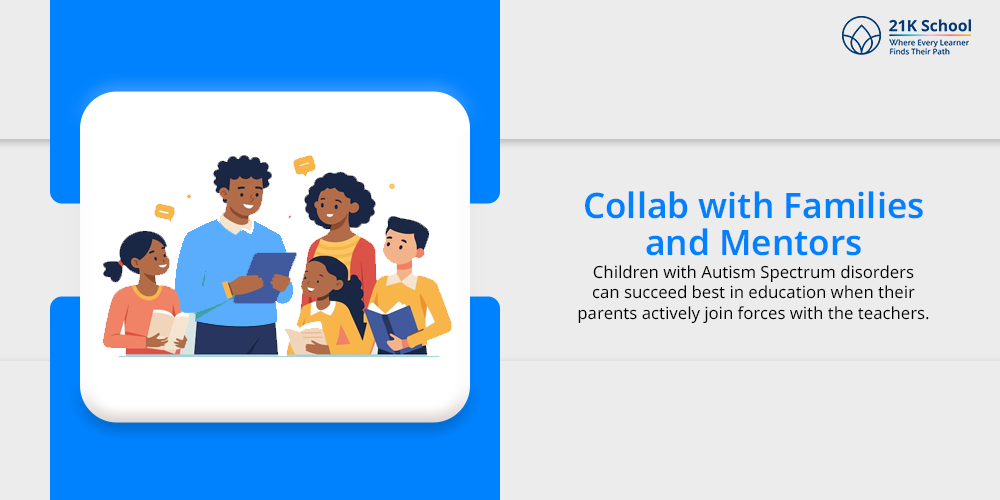
Children with Autism Spectrum disorders can succeed best in education when their parents actively join forces with the teachers.
Educators gain information about their students through parents that reveals the kid’s overall behavioral problems in schools and academic abilities.
By maintaining regular dialogues with families, working with special educators, therapists, and behavior specialists schools build consistent approaches to support. When schools involve parents in goal-setting and tracking student progress they build up a robust support network that benefits the student.
For your convenience, here are a few apps to keep track of your study progress .
Wrapping Thoughts
The inclusion process changes alongside students’ personal development as each one brings a different set of needs. The students with autism need personalized learning that is based on empathy and individual interests, thus culturing inclusivity.
A properly structured learning environment must include visual aids and positive behavioural reinforcements.
Incorporating parental assistance in the training settings assists in attaining success for all students.
Understand the with this article.
The right implementation of inclusion delivers advantages to autistic learners combined with developmental growth that cohorts with improved empathy . It also develops a diversified range of skills required for strength development.

